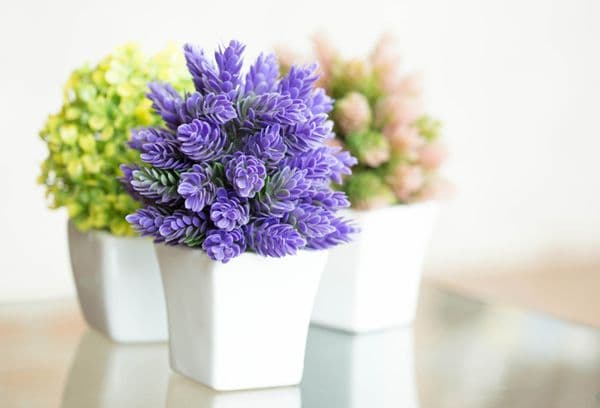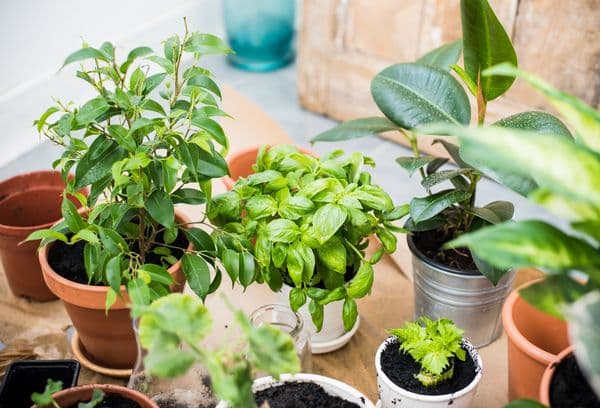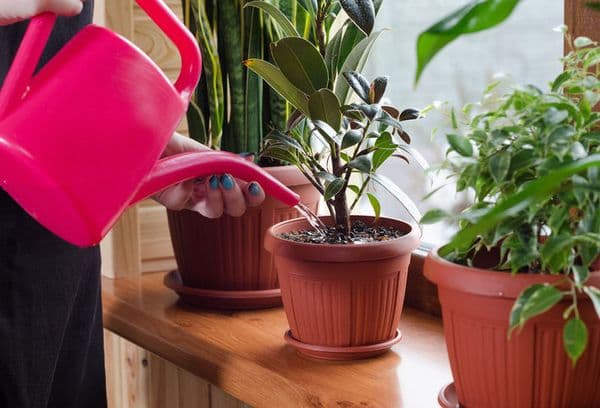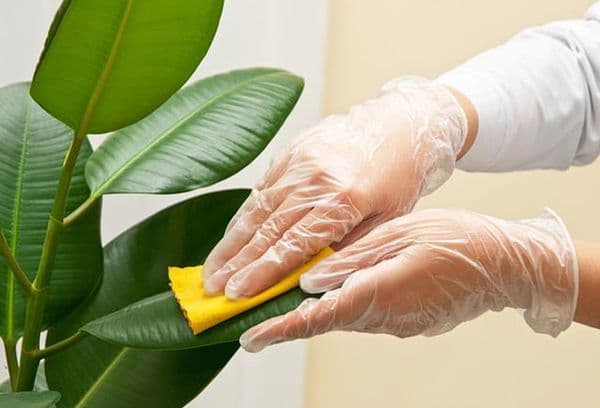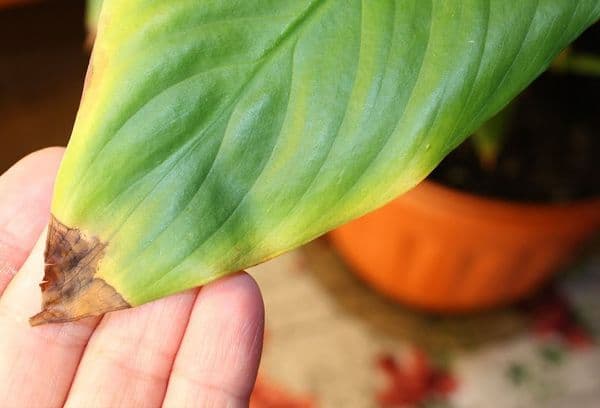How to care for indoor flowers in winter? Top dressing, watering and other rules
Content:
In winter, most indoor flowers have a dormant phase: the plant rests and builds strength in order to start growing by spring. In winter, flowers require no less thorough care than at other times of the year. Landings can suffer from lower air temperatures, heat from batteries, dry indoor, lack of light, etc.
Beginning housewives do not know whether it is worth replanting indoor flowers in winter, how to water them, what is generally required for maintenance, and what conditions are considered comfortable. The subtleties of care depend on the type and variety of the plant, but there are several general rules. We will analyze them in the article.
Is it possible to transplant in winter
Transplanting is required for plants that are crowded in the previous pot. Typically, this procedure is carried out once every 1-2 years. Many housewives plan it at the end of winter or the beginning of spring, since the plant wakes up and starts growing at this time. A transplant in the middle of winter is a big stress for the plant, it is better to wait until the end of February.
Transplanting a flower at home is very simple:
- we select the suitable soil;
- we buy a pot a little more than the previous one, always with drainage holes;
- place the drainage layer on the bottom of the pot, sprinkle with soil;
- one day or several hours before transplantation, we moisten the soil with a flower;
- carefully remove the roots along with a lump of earth;
- place the flower evenly in a new pot;
- fill the tank with earth to the same level as the previous time;
- water the plant after transplantation and give it a couple of days of rest.
What and how to feed
Supplementary nutrition of indoor plants in winter is a rare rather than necessary procedure. Illiterate top dressing will only harm the flower. Since the roots do not work actively at this time of the year, excess substances can simply burn them.
Fertilizing is relevant for crops whose flowering occurs in the winter: these are azaleas, poinsettias, guzmania, cyclamens, etc. They are fed with special formulations, in half dosage from the recommended and not more than once a month. The hostess should monitor the condition of the green pet after the procedure. If the appearance has not worsened, then top dressing can continue.
Important rule
Top dressing should not contain nitrogen. This element is necessary at the beginning of the growing season to resume the growth of green mass. A flower in winter does not need such fertilizers. If you stimulate the growth of shoots, then you can get curves and elongated plants.
How to water
In winter, many plants require much less moisture than with the onset of spring and summer. Since the flower is in a “sleepy” state, it will not expend water on its needs. Overflow threatens to rot the root system, it may even die. Watering home flowers on average should be no more than once a week. The main indicator is the drying of the topsoil.
Watch the condition of the soil: it must be moistened, but dampness is not allowed. You should also avoid cracking the soil from dryness: moisten it and loosen it slightly so that the roots always have access to oxygen.
Tip
Flowers can react dry to hard watering. Try to stand the liquid for 1-2 days, use filtered or bottled water. Temperature - room.
The amount of water and the frequency of watering depend on the temperature of the air in the room. If the house is always hot, then the hibernation period of the plant is not so pronounced. In species in which the active phase occurs just in the winter, watering should correspond to summer standards.
Tip
Try to ensure low temperatures for plants that need winter dormancy. Constant heat knocks down the life cycle of a flower and depletes it.
Some plants need minimal watering - once every 1-2 months. These are coniferous samples, some bulbous, as well as cacti and succulents. The latter can generally do without watering for a long time.
How often to spray
If the home flower loves spraying, then this procedure should not be neglected, especially in winter, when central heating mercilessly dries the air in the room. If the flowerpot is placed near or above the battery, the air around it will be especially dry.
purityis.decorexpro.com/en/ recommends removing flower pots away from heating systems, or placing moisturizers next to them, such as a tray with wet moss and expanded clay.
Spray conifers more often. Do not forget to remove dust from the foliage with a damp cloth, as it interferes with the access of light to the tissues of the plant.
Why leaves turn yellow and fall
In order to prevent significant damage to the plant in the winter, you will have to carefully look after it: protect it from drafts, overdry, carefully measure a portion of water for irrigation, and do not forget about spraying.
In winter, leaves of plants turn yellow and dry, fall off, and shoots are stretched? This popular phenomenon has several reasons:
- The flower lacks sunlight.
- The air is too dry.
- The flower is exposed to drafts, temperature changes.
- Leaves touch cold surfaces.
- Too much fertilizer applied.
A small amount of dried and yellow leaves on a plant in winter is natural aging. They just break off. And if yellowing assumes a large-scale nature, it is time to pay attention to all conditions of the flower.
The solution to the main problems:
- Tropical plants need additional humidification. Humidity in a room with running batteries can drop to a critical level. Since flowers receive moisture not only from the soil, but also from their air, often spray them with soft and warm water from a spray bottle. Dieffenbachia, spathiphytum, and dracaena are the first to react to dryness in winter.
- The amount of light depends on the condition of the flower. If it is at rest, then normal daylight hours are sufficient. Many tuber crops generally move to a dark place until the end of winter. If the winter is the growing season, then you have to organize an additional light source. On average, another 2-3 hours of lighting is enough.
- At the time of airing, plantings are taken out of the room.
- So that the flowers on the windowsill do not freeze, they are placed in a warm tray, a layer of sawdust is added.
- It is better to undernourish the plant in winter than to kill it with excess fertilizer.
A flower in winter also needs care, like at other times of the year. Knowing the specifics of the species and variety and taking into account the conditions in the room, even a beginner will cope with the content of the plant. And the last tip: if you are not confident in your abilities, then for starters, choose plants that are easy to care for. These are ficuses, geraniums, petunias, bulbous, some cacti and succulents, unpretentious coniferous trees and shrubs.
